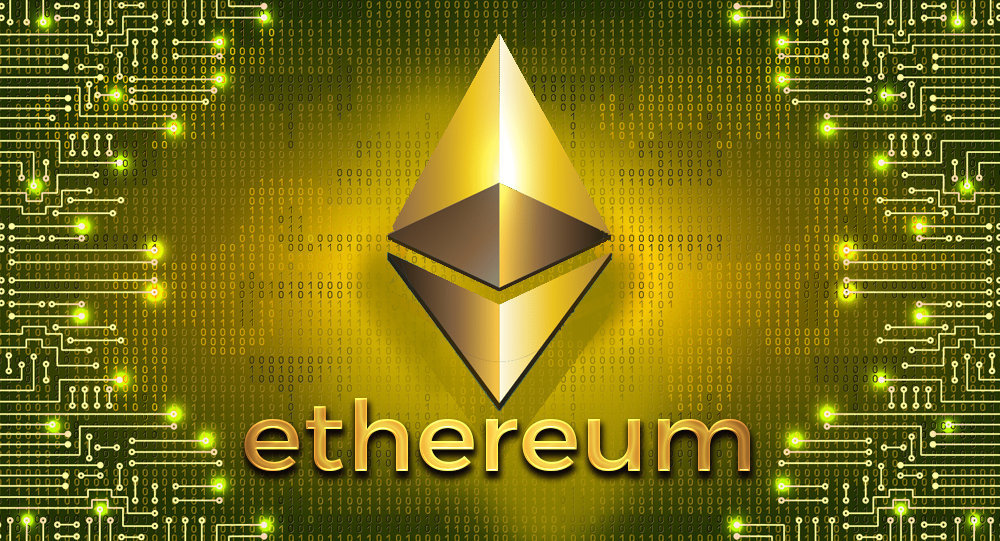The daily Ethereum network fees have recently surpassed the ones of Bitcoin and the gap has been growing as charts suggest. Over the weekend, ETH was better than BTC in terms of its network fees for both of the consecutive days (June 6 and June 7), as data created by the on-chain analysis firm Glassnode shows.
We can transparently see the data in the Bitcoin news, showing that Glassnode examined the network daily fees and concluded that the total amount spent on the ETH network added up to $498,000 compared to the $308,000 in Bitcoin. The gap continued to widen the next day, totalling 0,000 and 8,000 respectively.
buy female viagra generic buy female viagra online no prescription
For those of you who don’t know, this is the second time that the daily Ethereum network fees have topped the one of the dominant cryptocurrency this year. On March 12, we saw a sudden spike in the ETH network fees which totalled almost $800,000 and greatly exceeded the amount paid by Bitcoin users on the same day. This was a period when the network was experiencing major congestion, which prompted users to pay more fees for their transactions.
However, this time in the Ethereum latest news, the opinions are divided as to why the daily Ethereum network fees are greater. Some commentators on Twitter are calling the phenomenon a “feepeninig.”
First of all, it is safe to point that the Bitcoin mempool has been cleared as a result of the latest difficulty adjustment, taking place on Thursday. The lack of pending transactions greatly reduced the transaction fees on the network, dropping to the $1 mark. In comparison, on May 20, an average Bitcoin transaction could cost up to $6.6 due to the post-halving state of the network.
Currently, the Ethereum mempool is clogged and there are over 103,000 transactions pending. This explains the latest network fees numbers – meanwhile, stablecoin transfer value has been hitting new highs this year. As charts suggest, stablecoins like USDT, USDC and PAX operating on the Ethereum network have contributed to the network activity.
Currently, the ETH developers aim to address the scalability problem in the upcoming Ethereum 2.0 upgrade, scheduled for sometime in July. Specifically, this upgrade will see Ethereum moving on to a Proof-of-Stake (PoS) consensus meaning that asset holders – or stakers – will be responsible for network validation instead of miners.
DC Forecasts is a leader in many crypto news categories, striving for the highest journalistic standards and abiding by a strict set of editorial policies. If you are interested to offer your expertise or contribute to our news website, feel free to contact us at [email protected]
























Discussion about this post